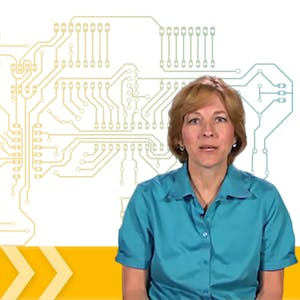Amazon EFS Primer
About this Course
Are you a builder who is interested in using Amazon Elastic File System (Amazon EFS)? Do you want to understand how to get started with Amazon EFS? Then, this course is for you! Amazon EFS provides a practical, serverless, set-and-forget elastic file system for use with Amazon Web Services (AWS) Cloud services and on-premises resources. It is built to scale on demand to petabytes without disrupting applications. It grows and shrinks automatically as you add and remove files, eliminating the need to provision and manage capacity to accommodate growth. This course introduces you to the basics of file storage and the Amazon EFS service. You will learn what it is, how to get started, and how Amazon EFS integrates with other AWS services. You will also learn about the fully managed features of Amazon EFS such as availability, durability, and security. This course also introduces some of the primary use cases for Amazon EFS and their associated reference architectures.Created by: Amazon Web Services

Related Online Courses
This specialization is intended for novice business professionals seeking to develop management, leadership, finance, and digital marketing skills with the ultimate goal of preparing learners to... more
The purpose of this series of courses is to teach the basics of Computational Statistics for the purpose of performing inference to aspiring or new Data Scientists. This is not intended to be a... more
In this specialization, you will learn the major functions that must be performed by a battery management system, how lithium-ion battery cells work and how to model their behaviors mathematically,... more
This course introduces students to the basic components of electronics: diodes, transistors, and op amps. It covers the basic operation and some common applications.Created by: Georgia Institute of... more
This is a self-paced lab that takes place in the Google Cloud console. This lab shows you how to create a Google Cloud Dataproc cluster, run a simple Apache Spark job in the cluster, then modify... more







